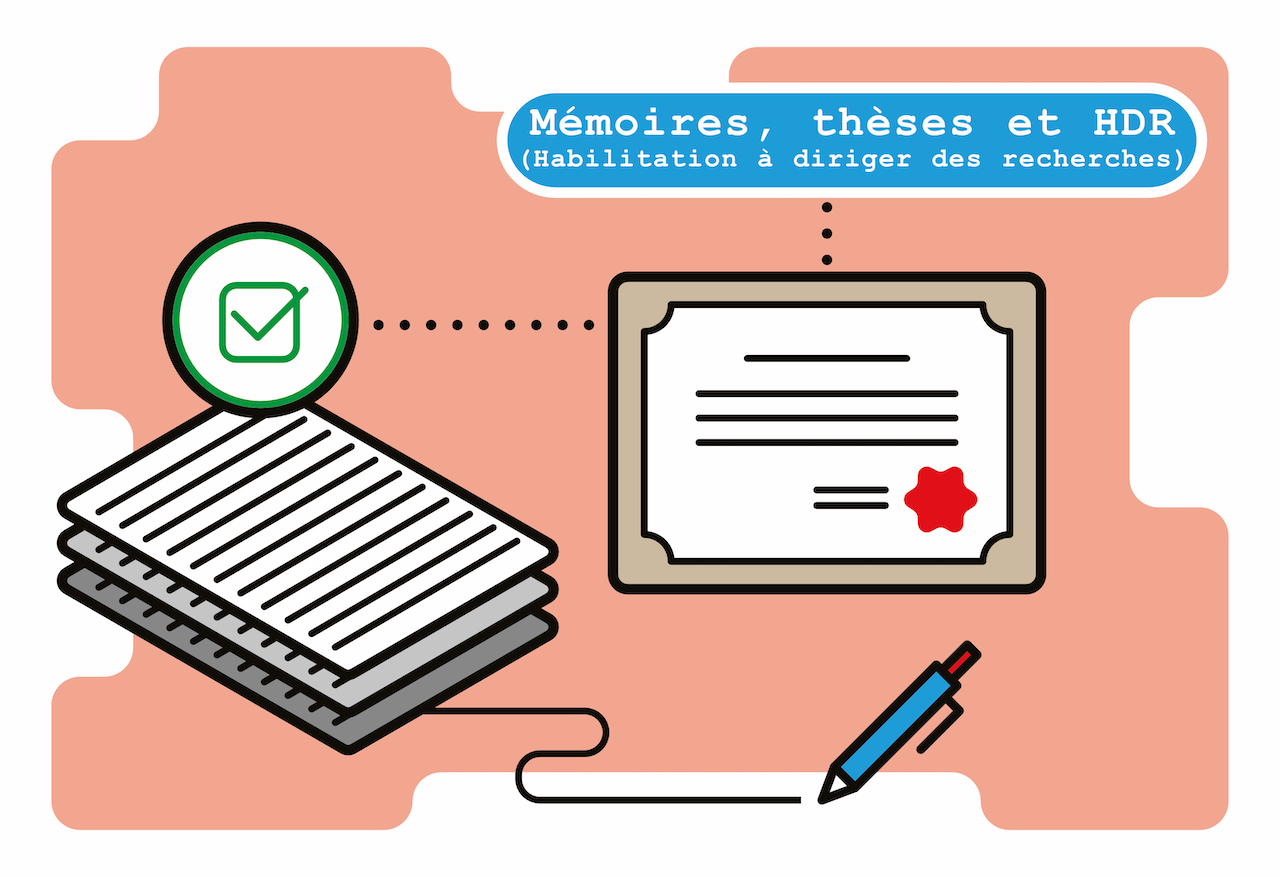Fiche du document
- ISIDORE Id: 10670/1.c9a1ac...
Mots-clés
Biology--Mathematical models MathematicsCiter ce document
Y Liu, « Challenges in modelling and control of biological systems », Oxford Research Archive, ID : 10670/1.c9a1ac...
Métriques
Partage / Export
Résumé
The inherent complexity of biological systems presents numerous challenges in their study through mathematical models. This thesis seeks to address three of these challenges. Firstly, ensuring the practical parameter identifiability of models is crucial for understanding the biological systems being modelled. It can be challenging to determine when a model is practically identifiable and how to design an experiment to collect data to ensure the identifiability of a model. We investigate the impact of various aspects of data, model, and experimental design on practical identifiability in the context of partial differential equation models of cell invasion, using the profile likelihood method. Additionally, we explore ways to optimally design an experiment to ensure the data it provides are informative for parameter estimation. Secondly, Turing's diffusion-driven instability (DDI) is a mechanism believed to be responsible for the formation of stripe patterns in many areas of biology. The basic model tends to produce disorganised stripes, and cannot account for the aligned stripes observed in many instances in biology. We demonstrate that a phenomenon known as a wave of competency, in conjunction with a DDI, can produce aligned patterns, and its speed determines the direction of alignment. Thirdly, agent-based models (ABMs) are widely used in mathematical biology, but applying control to ABMs presents challenges, as traditional control theories are formulated in terms of differential equations. To address this, we propose a method of applying optimal control to ABMs that involves using machine learning to obtain a differential equation-based surrogate model for the ABM. The surrogate model captures key characteristics of the ABM, which can act as a surrogate for applying control theory. We demonstrate the potential of this approach by applying it to control a simple ABM of cell movement.
